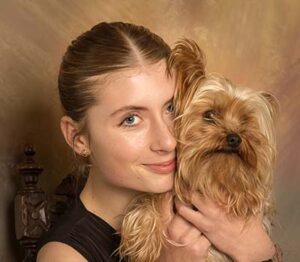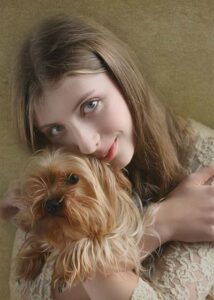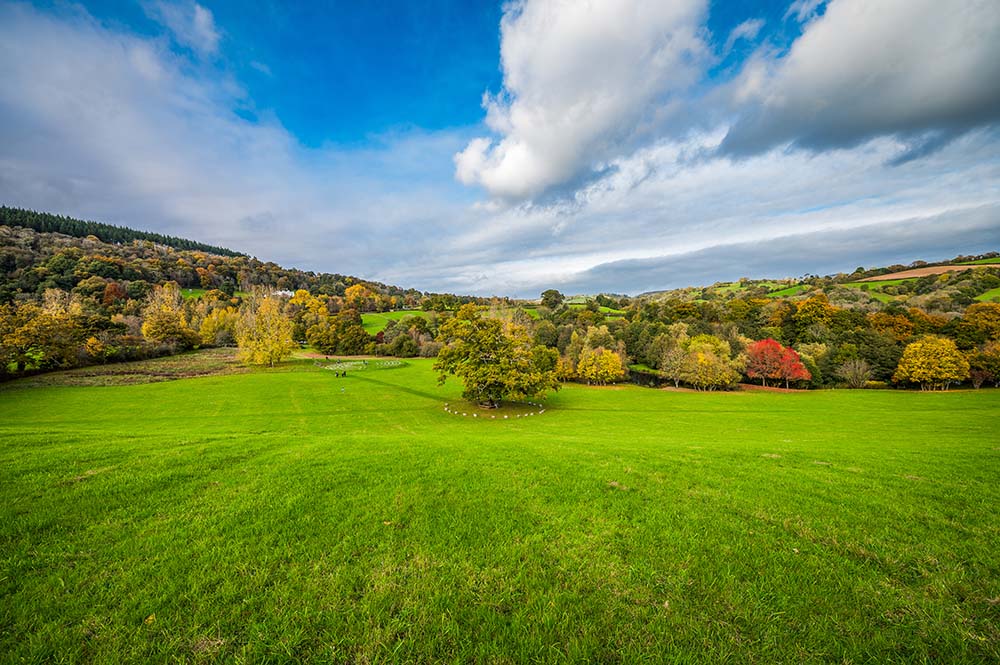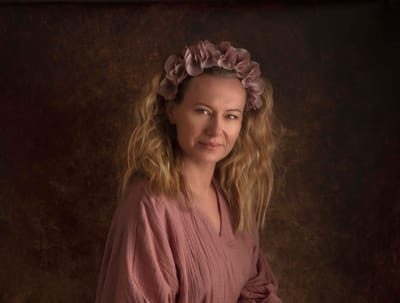Ever wondered why candid photography is the secret ingredient to capturing the true character of your loyal companion? Crafting those genuine, unscripted moments is not only an art but a delightful aspect of pet photography that transforms ordinary snapshots into treasured memories. Dive deep into the heart of Devon’s picturesque settings as you learn to master the delicate dance of capturing your pet’s spontaneous expressions. In this guide, discover essential tips and techniques that reveal the authentic personality of your pet, all while navigating the stunning landscapes of Devon.
Capturing Candid Pet Moments: Techniques and Tips
Candid photography is crucial in unveiling the authentic personality and spirit of pets. It allows for the capture of genuine emotions such as joy, excitement, and curiosity, which are often missed in posed photographs. These moments offer a glimpse into the true essence of pets, providing timeless memories that reflect their lively and unique characters.
Mastering candid pet photography requires specific techniques to ensure both comfort and authenticity. Utilising a 70-200mm lens is essential for maintaining the right distance, allowing photographers to capture natural behaviours without invading the pet’s space. Familiarising pets with camera equipment is equally important; letting them sniff and inspect the gear can alleviate anxiety. Positive associations are key—treats, play, and praise can significantly ease the process, making the presence of the camera a fun experience rather than a stressful one.
- Use a 70-200mm lens for distance and comfort.
- Allow pets to explore and get accustomed to the camera.
- Capture images in environments where pets feel at ease.
- Encourage natural behaviour with play and treats.
- Focus on expressions and interactions rather than forced poses.
Spontaneous interactions are at the heart of candid pet photography. These moments not only highlight the playful adventures of pets but also preserve the genuine connection between pets and their humans. Photographers can effectively capture these fleeting, precious interactions by prioritising natural settings and relaxed atmospheres, creating images that resonate with authenticity and warmth.
Discovering Ideal Devon Locations for Pet Photography
Devon’s natural landscapes offer an enchanting setting for pet photography, combining stunning scenery with the vibrant energy of outdoor environments. Pet-friendly locations such as lush parks and expansive beaches provide an opportunity to capture the candid spirit of pets in their element. These natural backdrops not only enhance the visual appeal of photographs but also allow pets to express their genuine personalities. The open spaces and diverse settings help create dynamic images that reflect the unique character and joy of pets, making Devon an ideal choice for capturing unforgettable moments.
Among the top locations, Saunton Sands and Exmouth Beach stand out as exceptional choices for pet photography. Saunton Sands, with its long stretch of sand, is open year-round for dogs, allowing for relaxed and uninterrupted photo sessions. Its vast, open beach provides a stunning canvas for capturing playful interactions and candid moments. Similarly, Exmouth Beach offers scenic views and ample space for pets to roam freely, creating an ideal environment for capturing their natural behaviours and expressions. These locations exemplify Devon’s pet-friendly ethos, offering photographers and pet owners alike the chance to create lasting memories in breathtaking settings.
Understanding Pet Behaviour for Anticipated Shots

Grasping the nuances of pet behaviour is fundamental for capturing authentic expressions and emotions. Pets express themselves through subtle cues, and recognising these can make the difference between a standard photo and one that truly resonates. Photographers can anticipate moments that reflect the pet’s unique personality by observing their natural behaviours and moods. Familiarising pets with the camera and allowing them to set the pace of the session ensures that they remain relaxed and comfortable. This approach not only results in more genuine photographs but also fosters a positive and enjoyable experience for the pet.
- Observe tail movements to gauge mood.
- Watch for ear positions as indicators of curiosity or alertness.
- Note changes in energy levels to capture dynamic action shots.
- Pay attention to facial expressions for emotions like joy or contentment.
- Look for playful gestures that can signal readiness for interaction.
Patience and positive reinforcement are indispensable tools in pet photography. Allowing pets the time to adjust to the camera’s presence and rewarding them with treats or praise encourages natural behaviour. This gentle approach builds trust and promotes cooperation, leading to images that authentically capture the essence of the pet. Photographers can achieve captivating and heartfelt images by prioritising the animal’s comfort and using these strategies.
Mastering Camera Settings and Techniques for Pet Photography
Understanding the optimal camera settings is pivotal for capturing the intricate details of pets, particularly those with challenging fur colours like black or white. Adjusting the exposure settings correctly ensures that the pet’s features are highlighted without losing detail in shadows or highlights. For instance, using a lower ISO helps reduce noise, which is crucial when capturing the fine textures of fur. Balancing the aperture can also enhance the depth of field, keeping the pet in sharp focus while softly blurring the background. This approach not only brings out the distinct characteristics of the pet but also adds a professional touch to the overall image quality.
Quick Focus Techniques
Fast-moving pets require quick focus techniques to ensure sharp images. Employing a fast shutter speed, such as 1/1000 of a second or faster, is essential to freeze action without motion blur. Continuous autofocus (AF-C) is highly effective in tracking moving subjects, allowing the camera to maintain focus on the pet as it moves across the frame. Using back-button focusing can also enhance focus accuracy, providing photographers with greater control over when and where to focus. These techniques are particularly beneficial in dynamic environments, ensuring that each candid moment is captured with precision.
Choosing the Right Lens for Pets
Selecting the appropriate lens is key to successful pet photography. A 70-200mm lens is highly recommended, as it allows photographers to maintain a comfortable distance while capturing crisp, detailed images. This versatile lens is ideal for both portrait shots and action photography, offering the flexibility needed to adapt to different scenarios. Its ability to zoom in and out without physically moving closer or further away from the pet makes it perfect for capturing natural interactions without disturbing the subject. With the right lens choice, photographers can balance intimacy and distance, ensuring both the pet’s comfort and the image’s quality.
By mastering these camera settings and techniques, photographers can significantly enhance the quality of their pet photography. Understanding how to use the camera’s features effectively ensures that each shot is technically sound and emotionally resonant. By focusing on detail, employing quick focus strategies, and choosing the right lens, photographers can capture the essence of pets in candid moments, creating images that are both beautiful and meaningful.
Harnessing Natural Light for Stunning Pet Portraits
Natural light is a cornerstone of vibrant pet photography, offering a soft and flattering illumination that enhances the vitality of the images. Why is natural light preferable for capturing pet photos? It highlights the pet’s features without the harshness often associated with artificial lighting. The gentle play of light and shadow can bring out the textures in a pet’s fur and the sparkle in their eyes, resulting in images that feel warm and inviting. Moreover, natural light is abundant and accessible, making it an ideal choice for photographers aiming to capture candid moments with ease and authenticity.
- Shoot during the golden hours (early morning or late afternoon) for soft, warm lighting.
- Position the pet with the sun behind them to avoid harsh shadows on their face.
- Use shaded areas to diffuse direct sunlight and prevent overexposure.
- Observe the direction of light to emphasize textures and details in fur.
- Experiment with backlighting to create a halo effect around the pet.
Devon’s picturesque landscapes provide an excellent backdrop for natural light photography. The varied terrains, from sandy beaches to lush forests, offer diverse settings where natural light can be harnessed to its full potential. The open spaces of Devon allow sunlight to illuminate the scene beautifully, enhancing the overall composition of the photographs. Whether capturing a dog frolicking on a beach or a cat exploring a sun-dappled woodland, the interplay of light and Devon’s natural environments complement each other seamlessly, resulting in stunning and memorable pet portraits.
The Role of Linava Photography in Professional Pet Shoots

Linava Photography stands out in the realm of pet photography, particularly with its specialisation in natural light techniques. This approach enhances the authenticity and warmth of pet portraits, capturing the true essence of pets in their most comfortable states. By focusing on natural light, Linava Photography avoids the harshness of artificial lighting, resulting in images that are both inviting and genuine. Their tailored sessions in Devon’s picturesque locations ensure that each pet’s unique personality is showcased against stunning backdrops, creating truly memorable photography experiences.
Engaging with a professional service like Linava Photography offers numerous advantages, especially in a region as visually diverse as Devon. Their expertise in selecting the ideal settings for pet photography means that each session can be customised to highlight the beauty of Devon’s landscapes. From sandy beaches to lush forests, Linava Photography utilises these natural environments to complement and enhance the subjects, making each photograph not just a portrait but a work of art. This understanding of both the technical and aesthetic aspects of photography ensures high-quality, memorable pet portraits that owners will cherish.
Final Words
Capturing candid pet moments is a delightful way to showcase the true personalities and emotions of pets. The blog explored various techniques, including lens selection, positive reinforcement, and understanding pet behaviour, to enhance pet photography. Devon’s picturesque locations, such as Saunton Sands and Exmouth Beach, offer ideal backdrops for capturing pets in natural light, further enhancing their images.
Pet photography in Devon thrives on combining technical skill and understanding pet expressions. Linava Photography exemplifies this approach, delivering high-quality, memorable pet portraits in scenic Devon settings. Embrace these techniques to create heartfelt, candid images of your pets.
FAQ
How can I capture the candid moments of my pet?
To capture candid moments of your pet, focus on their natural behaviour. Use a 70-200mm lens to maintain distance and ensure your pet is comfortable with the equipment. Positive reinforcement like treats can create positive associations.
What are some common mistakes in pet photography?
Common mistakes include poor lighting, distracting backgrounds, and not being prepared to capture unexpected moments. Always familiarise pets with the equipment to avoid unnatural poses and missed opportunities for candid shots.
How can I take professional photos of my pet?
To take professional photos of your pet, understand their behaviour and use appropriate camera settings. Quick focus techniques and using natural light are essential. Choose scenic, pet-friendly locations for the best results.
What are the best camera settings for pet photography?
For pet photography, use fast shutter speeds and autofocus to capture movement. A 70-200mm lens allows maintaining a comfortable distance while ensuring clear shots. Adjust settings according to fur colour and lighting conditions.
What makes a successful pet portrait?
A successful pet portrait captures the pet’s unique personality through candid expressions. Use natural light to enhance features and ensure the setting complements the pet’s behaviour. Patience and familiarity with the pet’s habits are key.





